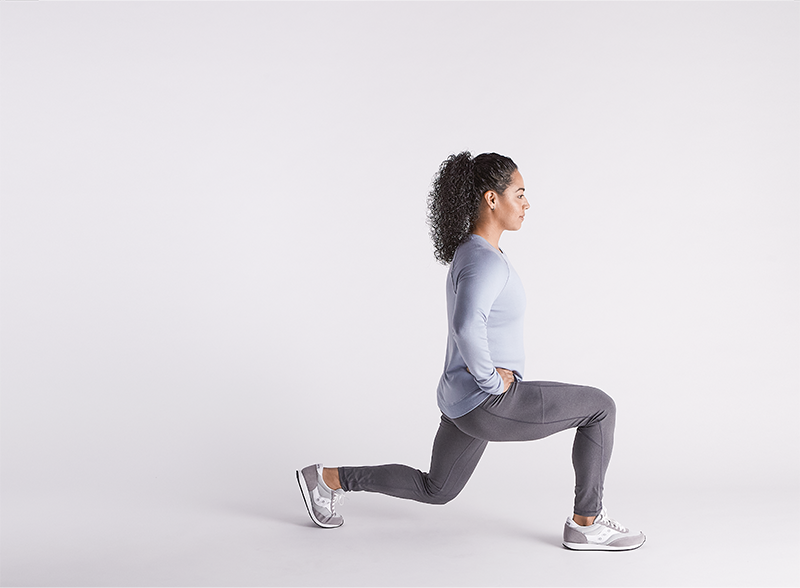Cómo hacer estocadas (avanzadas): una guía de Hinge Health
Aprende a hacer estocadas (avanzadas) para evitar lesiones. Explora sus beneficios y descubre variaciones de estocadas (avanzadas) para hacerlo más fácil o más difícil.
$0 costo para usted
Última actualización: Jun 5, 2025
